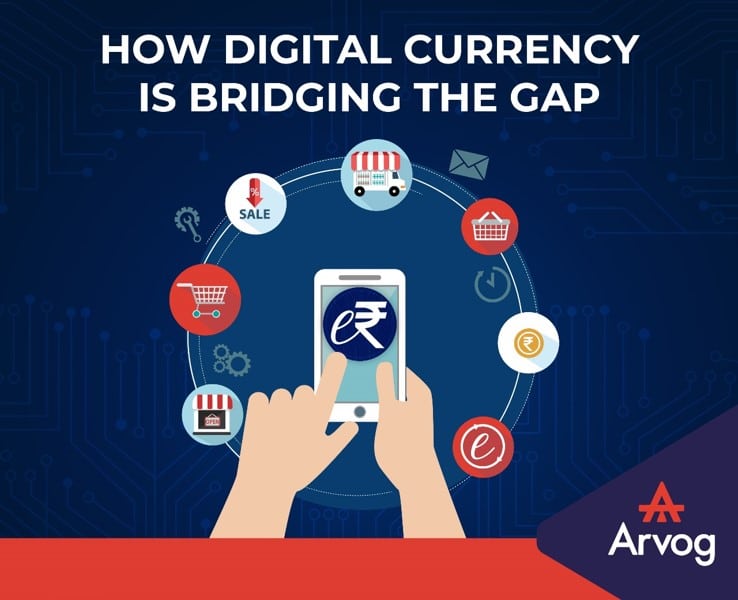
The thriving fintech sector, which has revolutionised traditional banking and changed access to financial services, has been a major driver of the notable development in financial inclusion.
Digital currencies have democratised access to international markets by giving customers state-of-the-art trading tools and fostering financial inclusion. But how do they benefit today’s digital financial landscape? This article explores the path to digital financial inclusion and its benefits in emerging economies.
The Rise of Digital Currencies
The rise of cryptocurrency in 2009 and 2010 is also about finding a replacement for the traditional banking system, which was in disarray when crypto first emerged.
Bitcoin was the first cryptocurrency and an alternate means to transfer and receive value without affecting the financial infrastructure, reflecting the lack of faith in banks and financial organisations. Cryptocurrencies have moved from alternative to mainstream money discussions in the decade since their emergence.
These days, not only do conventional banks and other financial organisations routinely utilise them, but many people worldwide now own them for investing and transactions involving various cryptocurrencies. The underlying decentralised ledger technology (DLT) is now capturing the attention of investors, IT corporations, and governments.
What is Financial Inclusion?
According to the World Bank, digital financial inclusion is the use of efficient digital methods to provide underserved and financially excluded communities with a variety of regulated financial services that meet their specific needs responsibly and at affordable prices for both consumers and service providers. The following are the four main parts of digital financial inclusion (DFI):
- Digital transaction platforms enable clients to transfer transaction data to a bank or non-bank that stores electronic value.
- Customers can use digital-information-transmitting devices like mobile phones or tangible resources like payment cards that link to a digital device like a POS terminal.
- Retail agents let consumers “cash in” and “cash out” using a digital gadget connected to communications infrastructure.
- Banks and non-banks may offer savings, credit, coverage, and even securities to the underprivileged and financially excluded, utilising digital information to target clients and manage risk.
With the rise of smartphones, app-based financial organisations are taking over traditional interfaces, providing consumers with more functionality, faster processing times, and more convenience. This exponential growth of digital finance democratises access to wealth creation possibilities and increases financial inclusion by broadening participation in global financial markets.
How Digital Financial Inclusions Bridge Gaps
Beyond convenience, digital-only financial inclusion has several positive effects on social and economic advancement. These platforms help bridge gaps and promote digital literacy in society through various means.
Convenience:
Digital-only financial inclusion offers unparalleled convenience, enabling unbanked individuals to open accounts effortlessly using mobile devices. It eliminates physical visits to traditional banks, allowing banked users to manage finances seamlessly through mobile applications.
Generate Data to Improve Customers’ Welfare:
Fintech and Bigtech platforms generate real-time big data, aiding financial service providers in tailoring services to meet specific customer needs. This data-driven approach enhances customer understanding and allows for the design of flexible lending products catering to diverse segments.
Improve Social Welfare and Increase Economic Growth:
Digital inclusion through Fintech and mobile apps alleviates household poverty by enabling quicker financial support for families. It empowers banked individuals with digital solutions for self-employment, business ventures, and income generation, contributing to economic growth.
Reaching the Most Remote Areas:
Digital-only financial inclusion transcends geographical limitations, providing access points to remote areas where traditional banks hesitate to establish branches. This approach brings formal financial services to previously underserved populations.
Parting Thoughts
Fintech businesses are breaking down barriers and offering more individuals the tools to build wealth and financial independence by adopting new technologies and providing user-centric services. A large segment of the world population, 35.6% as of 2023, still lacks Internet connectivity. Fintech businesses can make a significant impact by bridging this gap, which will help promote financial inclusion and make wealth creation possibilities accessible to more people worldwide.




